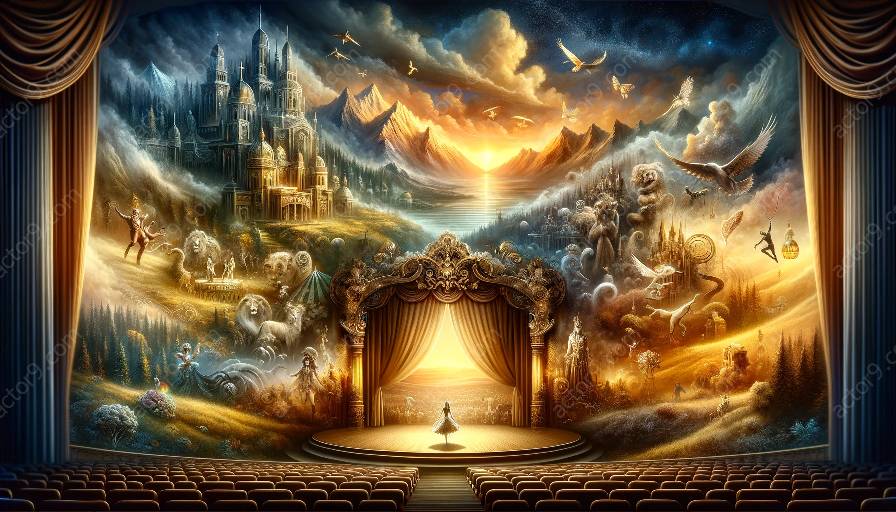The world of circus arts is a captivating realm that has enthralled audiences of all ages for centuries. Embracing a multitude of acts, from daring acrobatics to mesmerizing animal performances, the circus has always been a fascinating playground for the mind and emotions. In this exploration, we delve into the psychological and emotional impact of circus acts, their historical context, and their influence on the captivating world of circus arts.
Understanding the Human Psyche within Circus Acts
Circus acts have a profound impact on the human psyche, invoking a wide array of emotions and psychological responses. The thrill of watching high-wire performers defying gravity or witnessing contortionists bend their bodies in seemingly impossible ways can evoke a sense of awe and wonder. These acts often push the boundaries of what is physically achievable, leading spectators to experience a mix of adrenaline, fear, and excitement. The element of danger intertwined with skill and precision triggers the human fight-or-flight response, creating a heightened emotional state.
Beyond the physical feats, circus acts also tap into the emotional core of the audience. The expressive artistry of clowns, the grace of aerial silks performers, and the sheer strength of strongmen all contribute to a rich emotional tapestry. Whether it’s laughter, astonishment, or empathy, circus acts have an undeniable ability to stir the emotions of those who witness them.
The Historical Significance of Circus Arts
Circus arts have a storied history that intertwines with the fabric of human entertainment. The origins of the circus can be traced back to ancient Rome, where chariot races and gladiator contests captured the imagination of the masses. As time progressed, traveling performances featuring a diverse array of acts became a popular form of entertainment across Europe.
One of the most influential figures in the development of modern circus arts was Philip Astley, an English equestrian performer who is credited with creating the first modern circus in 1768. Astley's amphitheater in London showcased various equestrian acts, acrobatics, and other spectacles that laid the groundwork for the eclectic displays seen in today's circuses.
Throughout the 19th and 20th centuries, the circus evolved into a global phenomenon, captivating audiences worldwide with its blend of athleticism, theatrics, and spectacle. The cultural impact of circus arts cannot be understated, as they provided a means of escapism and entertainment during times of hardship and strife.
Influence on Circus Arts
The psychological and emotional effects of circus acts have significantly influenced the development of circus arts as a whole. From the evolution of clowning as an art form designed to elicit specific emotional responses to the incorporation of narrative elements and storytelling in modern circus performances, psychology and emotion play a pivotal role in shaping the overall experience for both performers and audiences.
Understanding the psychological nuances of audience engagement has led to the creation of more immersive and evocative circus experiences. Whether it's the use of music, lighting, or interactive elements, modern circus acts are designed to elicit specific emotional responses and create a lasting impact on the audience.
Closing Thoughts
The psychological and emotional effects of circus acts are a testament to the enduring power of human creativity and expression. The ability to captivate, inspire, and move audiences through a diverse range of performances is a hallmark of circus arts. By understanding the complex interplay between psychology, emotion, and historical context, we gain a deeper appreciation for the enchanting world of circus acts and the enduring legacy of circus arts.


































